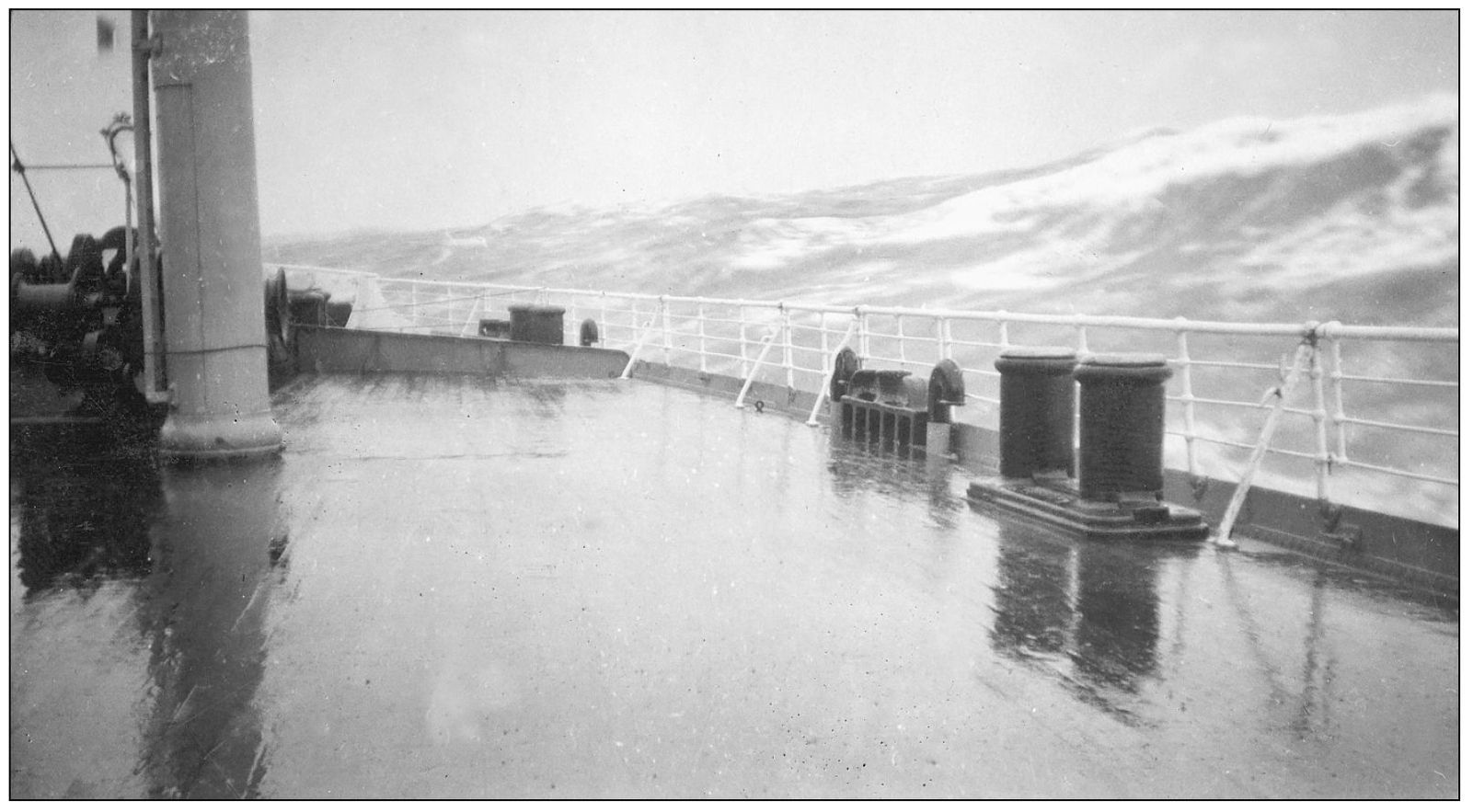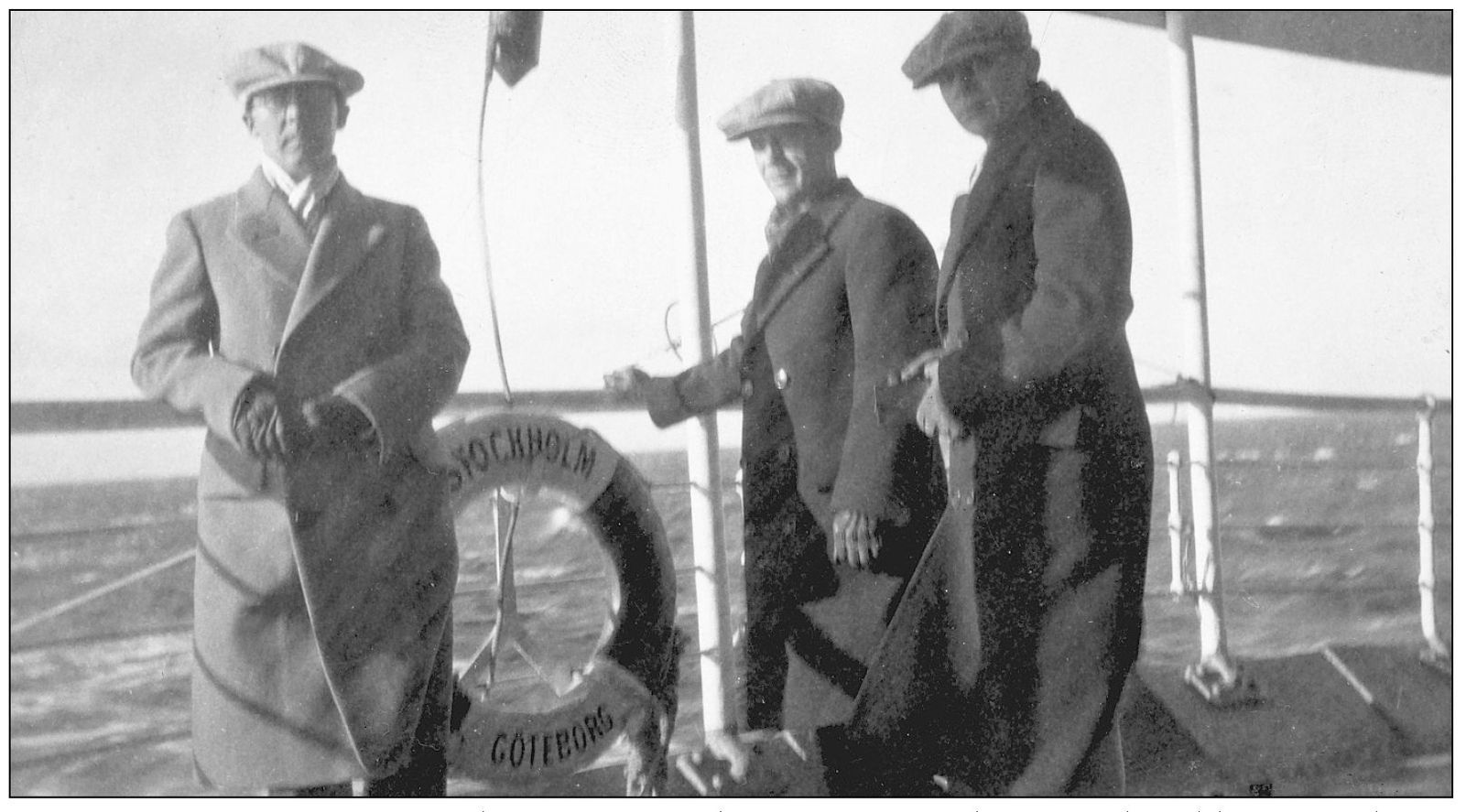INTRODUCTION
Swedish Americans who call Chicago their home are the inheritors of a rich and historic legacy. The Chicago with which we are familiar today in the infancy of the 21st century remains pointedly different from the hypnotic metropolis that offered Swedes a home between the 1860s and the 1930s. Delayed industrialization, widespread crop failures, and an overpopulated countryside all uniquely played a role in the massive Swedish emigration that categorized the last 50 years of the 19th century and the first 20 of the century following. Especially worth noting is a population statistic to which many may not be privy: at the turn of the 20th century, 67 years after Chicago was incorporated as a town, the city’s Swedish population was second only to that of Stockholm—the capital of Sweden.
The seven chapter book you are about to explore only serves as a minor footnote to the vast mosaic of Swedish history and culture. A fundamental lack of time and resources precluded the opportunity to examine the Swedish community with the deliberate and detailed eye they so richly deserve. It is hoped that the photographs, documents, and histories presented within this visual panorama will whet the future appetites of the scholar, the newly-arrived immigrant, or the fifth generation Swedish-American who desires to embrace the rich heritage Swedish immigrant history and culture have to offer.
THE STATUE OF LIBERTY. A heartwarming scene for many immigrants arriving at our shores, Lady Liberty symbolized promise to those in search of opportunity and a new life in America. (Courtesy of Paul Michael Peterson.)


STEAMSHIP TRAVEL FROM SWEDEN. In our present age of computer enhancements and high-tech special effects, one might marvel at the daunting realism of the scene pictured above. As this photo illustrates, traveling to a new land meant not only leaving behind one’s family, but also facing at least a week’s journey on the icy waters of the Atlantic. (Courtesy of Elsie Lindgren.)

EN ROUTE TO AMERICA. Brothers Gosta Lindquist, Ernie Lindquist, and Waldemar Lindquist pose aboard the M.S. Stockholm I—one of four ships belonging to the Swedish American line. (Courtesy of Elsie Lindgren.)